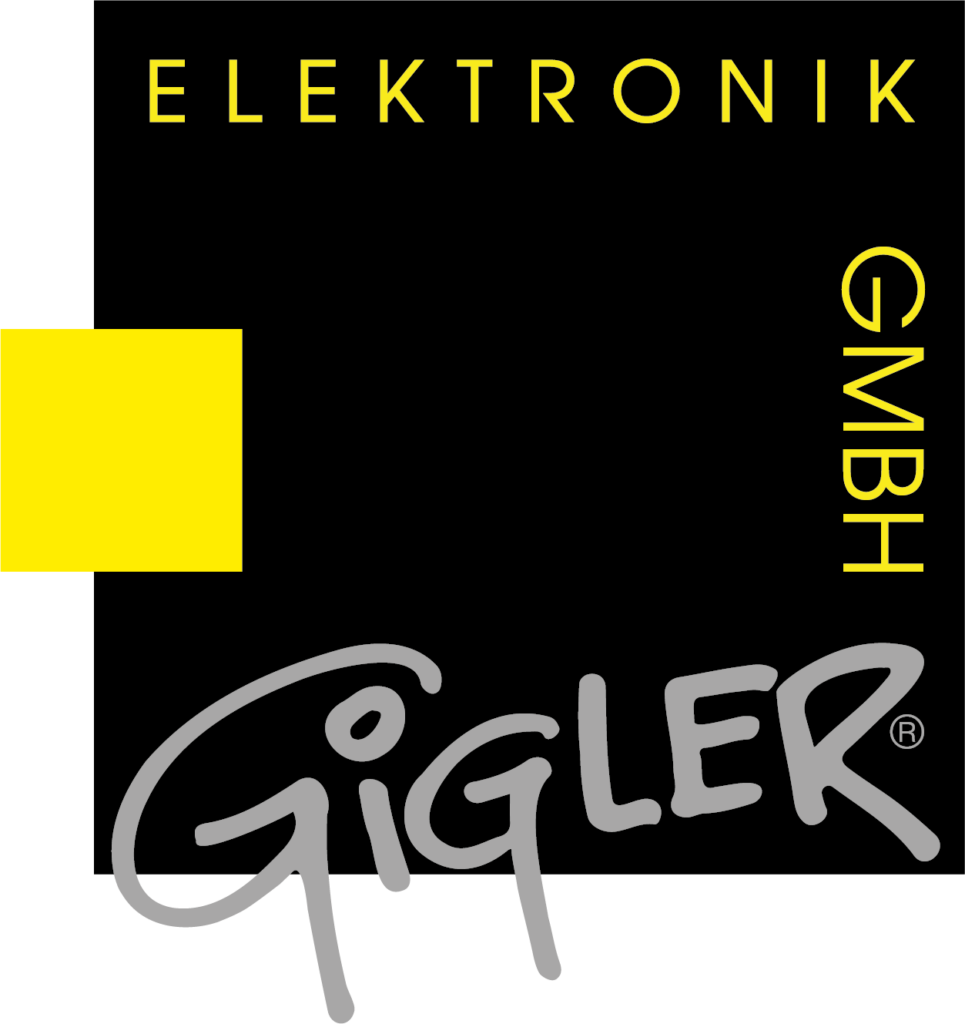Test systems - endurance testing of products
Electrical test
When checking the function of various assemblies, not all faults can always be detected with an optical test. However, Gigler also offers various test systems to optimize the inspection:
- ICT (= in-circuit test): Here, the components are tested for the measured values of the electrical strands.
- Color intensity / light color: The measurement is carried out with light sensors.
- FAT (= function and adjustment test): The circuit boards are tested for their function.
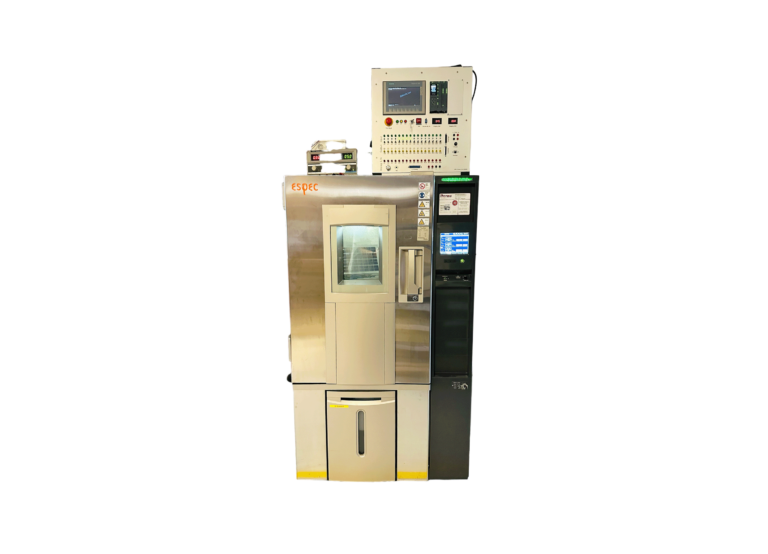
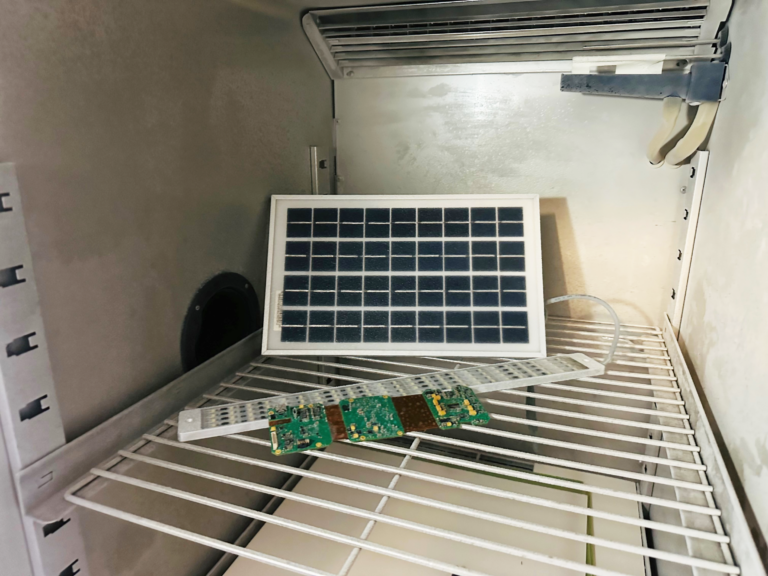
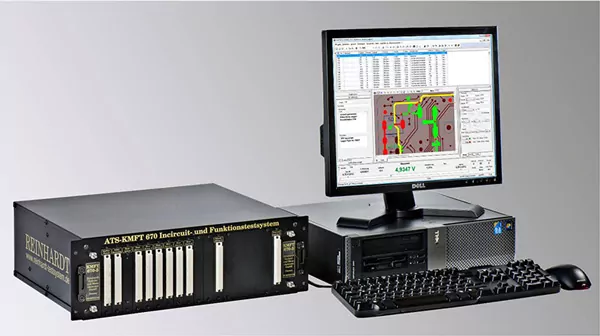
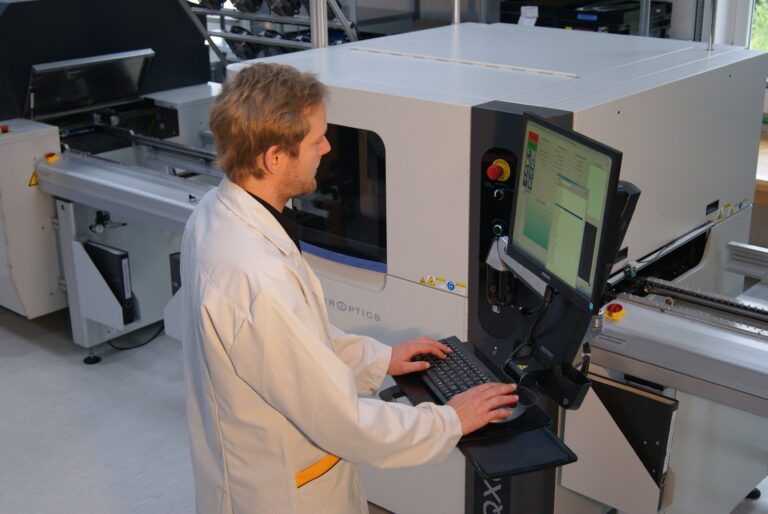
In principle, the following applies:
The earlier the faults can be detected, the lower the costs incurred.
Thanks to our in-house adapter construction, we can respond flexibly to your needs and support you in designing the layout for DFT (Design for Testability).
Have we aroused your interest and would you like a non-binding offer?
Climate change test for product qualification
Gigler always strives to maintain a high level of quality.
In order to ensure the reliability of products and identify weak points at an early stage, Gigler has invested in a climate chamber.
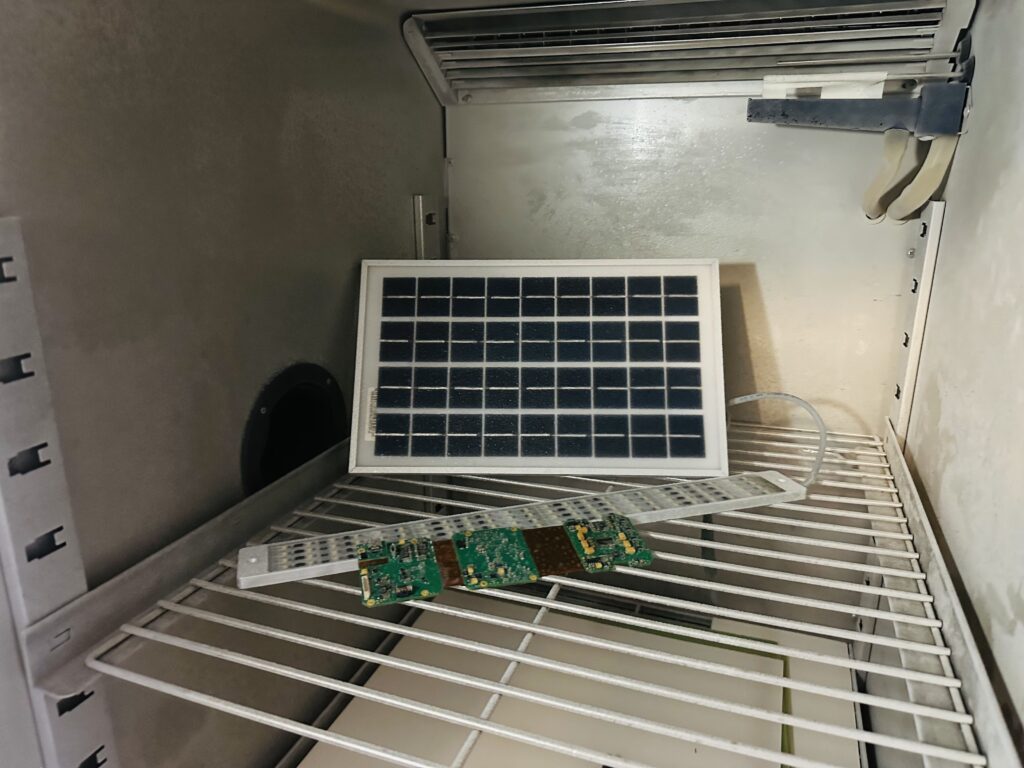
In the burn-in test, the ageing of an assembly is artificially simulated and serves to detect material and component weaknesses at an early stage. The temperature ranges in the burn-in test are usually much higher than in the run-in test; experience has shown that faulty components that did not show any recognizable weaknesses in previous short tests burn out.
Assemblies that survive such a burn-in test can be expected to have a long service life.
A temperature test lasting at least 24 hours is recommended, especially for highly fail-safe products.
The chamber size is 340 l and therefore also holds complete 19″ subracks up to 12 U.
In the run-in test, the reliability of modules is tested by subjecting them to a cyclical temperature change with a connected supply voltage and base load.
The temperature range to be tested is usually within the temperature range of the subsequent area of application of your assembly.
